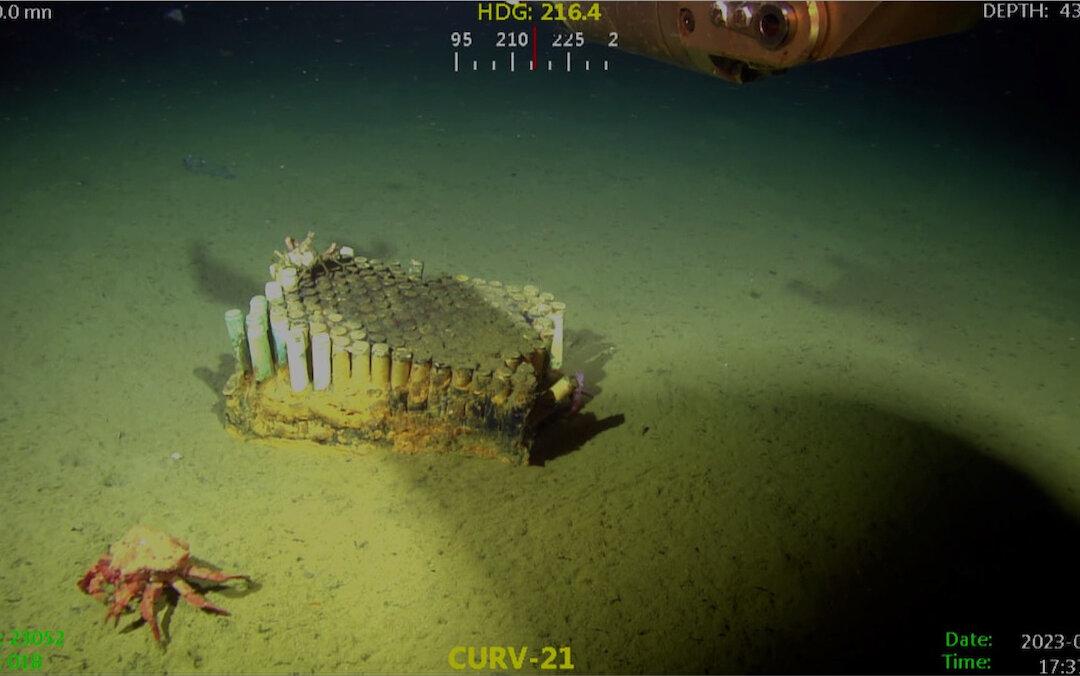SAN DIEGO—A second sweeping survey of the seafloor off the Southern California coast by researchers from the University of California–San Diego’s (UCSD) Scripps Institution of Oceanography revealed thousands of aging military munitions and explosives littering the bottom of the ocean.
The survey, conducted in April 2023, was a follow-up to one completed in 2021, which found thousands of barrel-sized objects organized in lines across 135 square miles of the San Pedro basin—between Santa Catalina Island and Long Beach. The expedition took place with support from the U.S. Navy’s Supervisor of Salvage and the Office of Naval Research.





